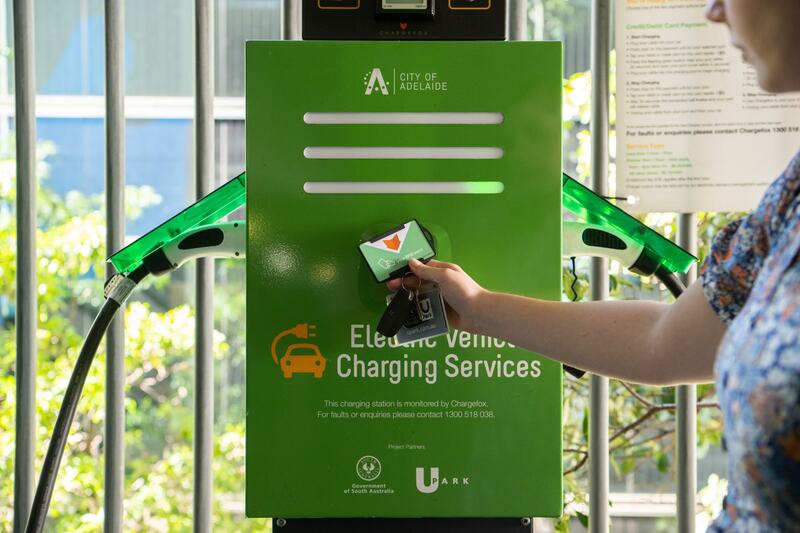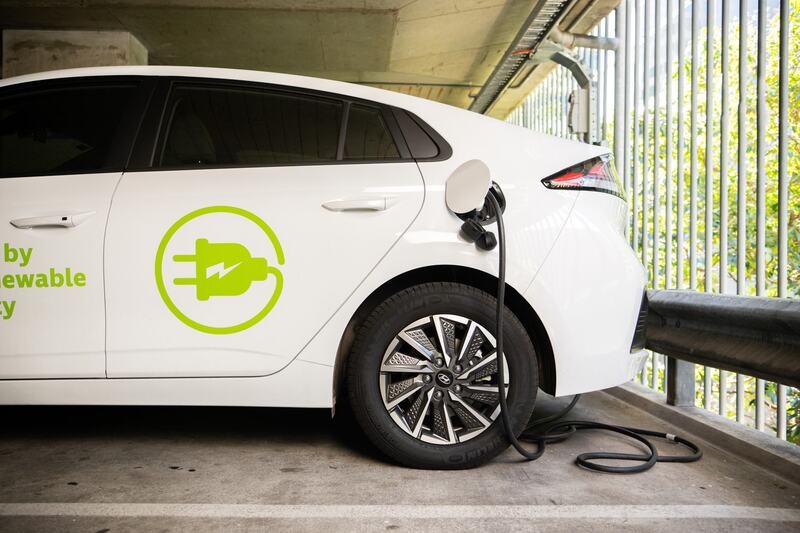|
What is Graphite?
Graphite is the hexagonal crystalline form of carbon that occurs naturally as disseminated crystal flakes in high-grade metamorphic rocks and as microcrystalline ‘amorphous’ graphite associated with metamorphosed coal seams. Graphite is a soft material and has high electrical conductivity and high thermal resistance. Yes, your pencil snaps and smears. But graphite is also what makes your touch-screen work. This self-contradictory material has metal-like conductivity. Only its resistance to temperature is decidedly non-metallic. And its atomic bonds are stronger than a diamond - it’s just that they grab hold in two dimensions, not three. This creates a flexible, but not elastic, material ten times lighter and 100 times stronger than steel. Moreover, it is chemically inert and resistant to radiation. And this makes graphite critical for producing steel, glass - and nuclear reactors. It may be famous for its lightweight strength in sporting and aircraft equipment. But it’s also vital for miniaturised earphones, electrochemical sensors and lithium-ion battery anodes. How is it used?
Graphite is used in lithium-ion batteries, heat resistant linings for furnaces and casting equipment, coating foundry moulds, brake linings, carbon brushes and lubricants. The global demand for graphite is forecast to increase substantially due to the growing demand for batteries for use in electric vehicles and renewable energy storage. Did you know? Modern lead pencils actually don’t contain lead – they are made from graphite! Where is Graphite mined in South Australia? South Australia hosts 66% of Australia’s battery grade graphite resources[i]. There are a number of developing graphite projects in South Australia including the Kookaburra Gully Project currently being progressed by Lincoln Minerals. |



